The smell of curing hides is back in the air of Jajmau, the Kanpur neighbourhood that houses hundreds of tanneries along the banks of the Ganga. Local newspapers provide prominent coverage to one tannery being fined a heavy amount for allegedly continuing with its operations during the January-March Kumbh Mela in downstream Prayagraj despite a closure order from the Uttar Pradesh Pollution Control Board. But no one seems bothered that it’s back to pollution-as-usual.
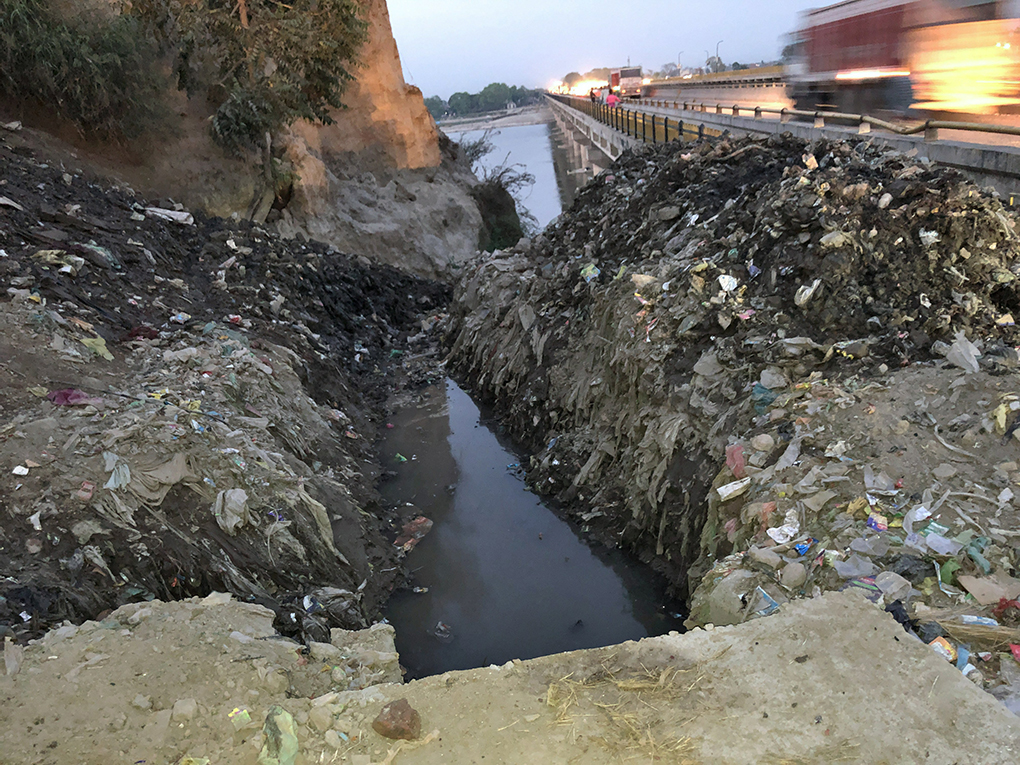
It is not as if no attempt is being made to control the highly toxic tannery waste, at least if you go by the large number of signboards put up on the repeatedly dug main road of Jajmau.
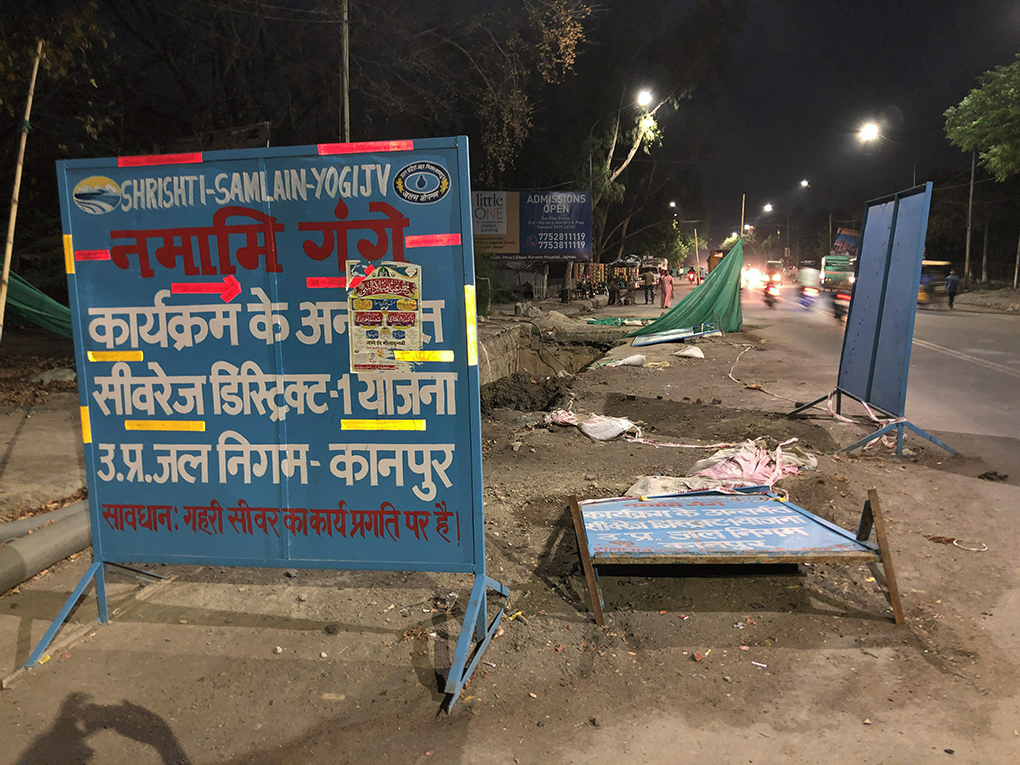
The Sangam (confluence of Ganga, Yamuna and the mythical Saraswati rivers) at Prayagraj (earlier called Allahabad) was the centre of attention during the Kumbh Mela from January to March this year. But now, in the third week of April, it is time to finish dismantling the gigantic tent city built on the riverbed and along the banks. And the water level is down again.
“There is not even enough flow to wash away the garlands that devotees throw from the banks,” says Gagan Chand, a milkman who comes to the spot for a bath every day. “We do tell the devotees not to throw anything into the river; we especially tell them not to throw plastic packets. But they don’t listen. Sometimes they get aggressive and threaten to beat us up. How many people can we fight every day?” A priest sitting on the riverbank nods in agreement.

There is quite a crowd at Varanasi’s Assi Ghat to watch the sunrise over the Ganga. Some jump on moored boats and go to the prow to click selfies. If they looked down, they would see floating sewage.
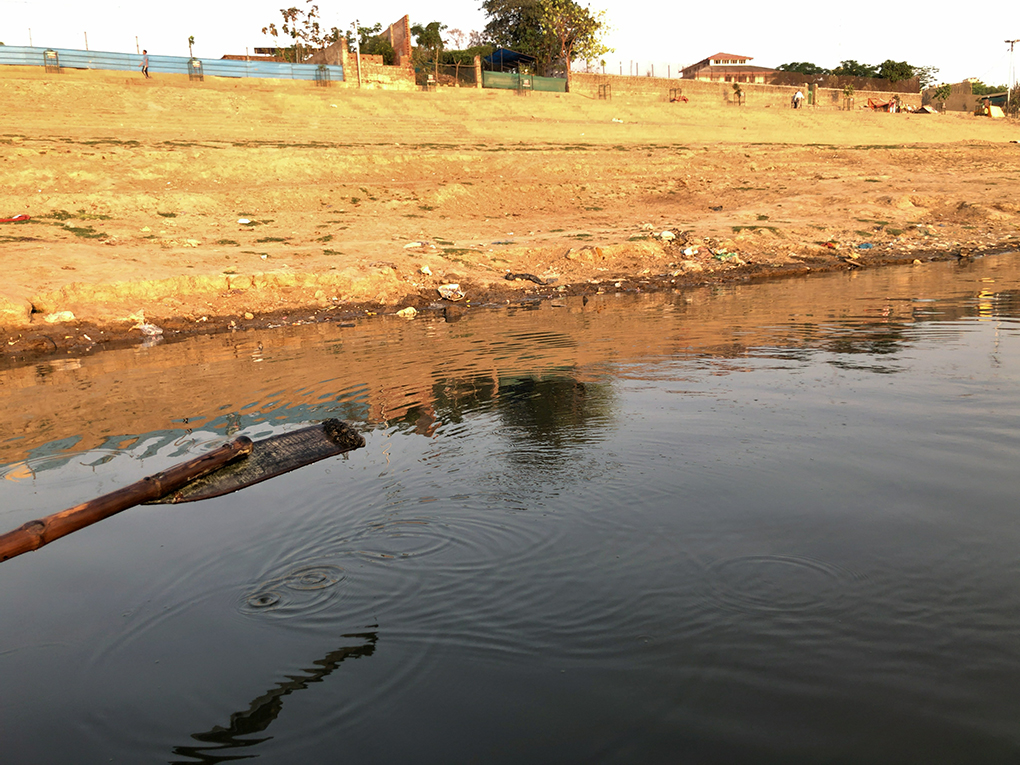
The outgoing government’s Swachh Bharat (Clean India) Mission has placed great emphasis on ending open defecation. As Varanasi is the parliamentary constituency of Prime Minister Narendra Modi, thousands of toilets have been built in the city. Modi had started his 2014 election campaign there by vowing to clean the Ganga. Nevertheless open defecation continues along the banks of the holy river.

Varanasi takes its name from Varuna and Assi, two small rivers that join the Ganga as it flows along the city. Both are effectively drains now. The Assi is even called a nullah (drain) by locals.
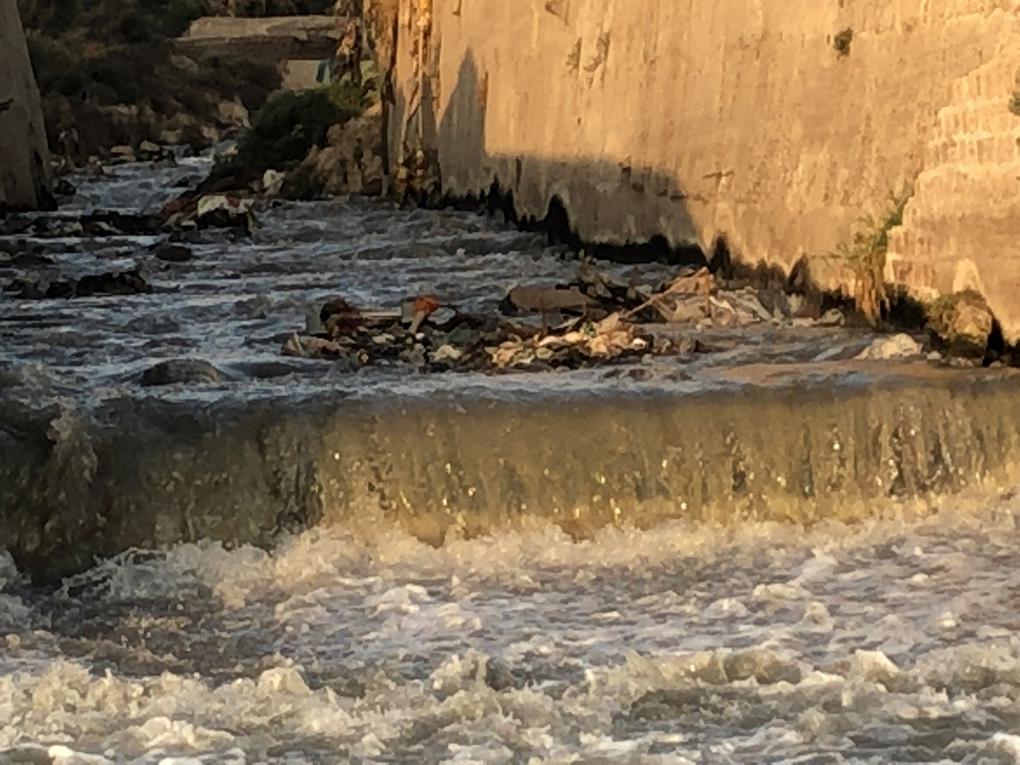
The effect of the Assi Nullah is clear. It carries sewage into the Ganga, which floats past thousands of devotees bathing in the holy river every morning, the hundreds of boats moored along the river, even an anchored cruise liner that made the trip upriver from Kolkata.
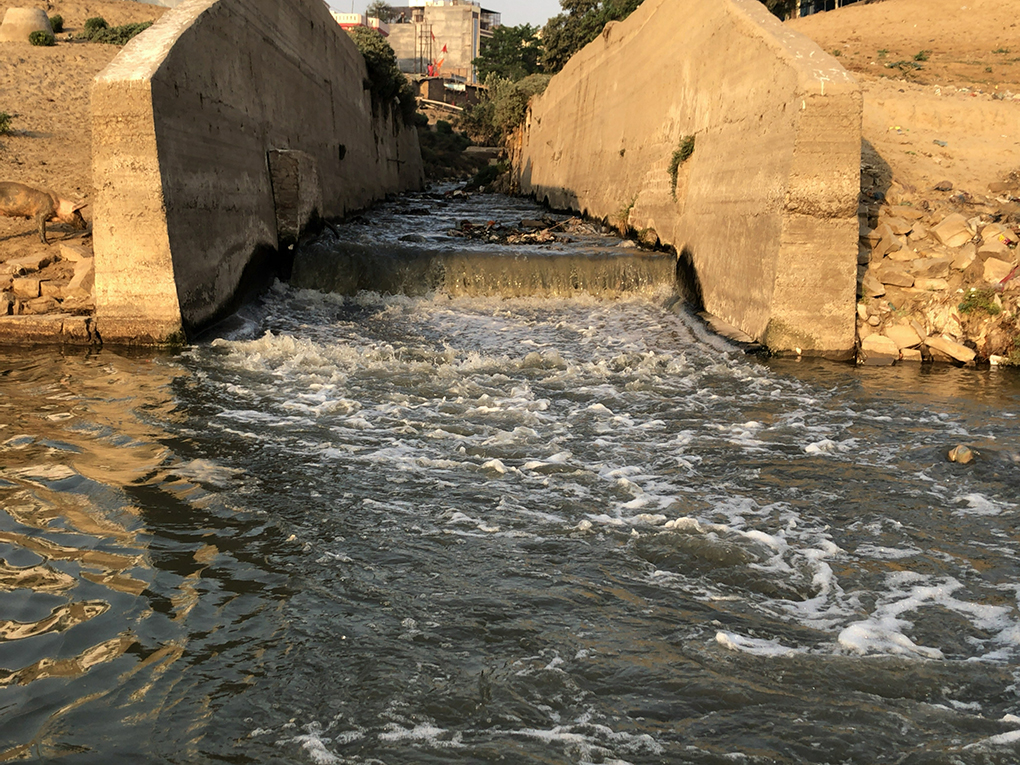
None of this appears to diminish the ardour of the Hindu pilgrims, who gather in thousands to watch the aarti (worship) of “Mother Ganga” every evening.

The state of the Ganga is directly related to the condition of its tributaries. In state capital Lucknow, the capital of the Indian state of Uttar Pradesh, thousands of commuters travel over the Gomti – one of the largest tributaries of the Ganga – every day, ignoring the drain that flows alongside their vehicles, from very close to the state government secretariat to the Gomti, and discharges untreated effluent into the river all the time.
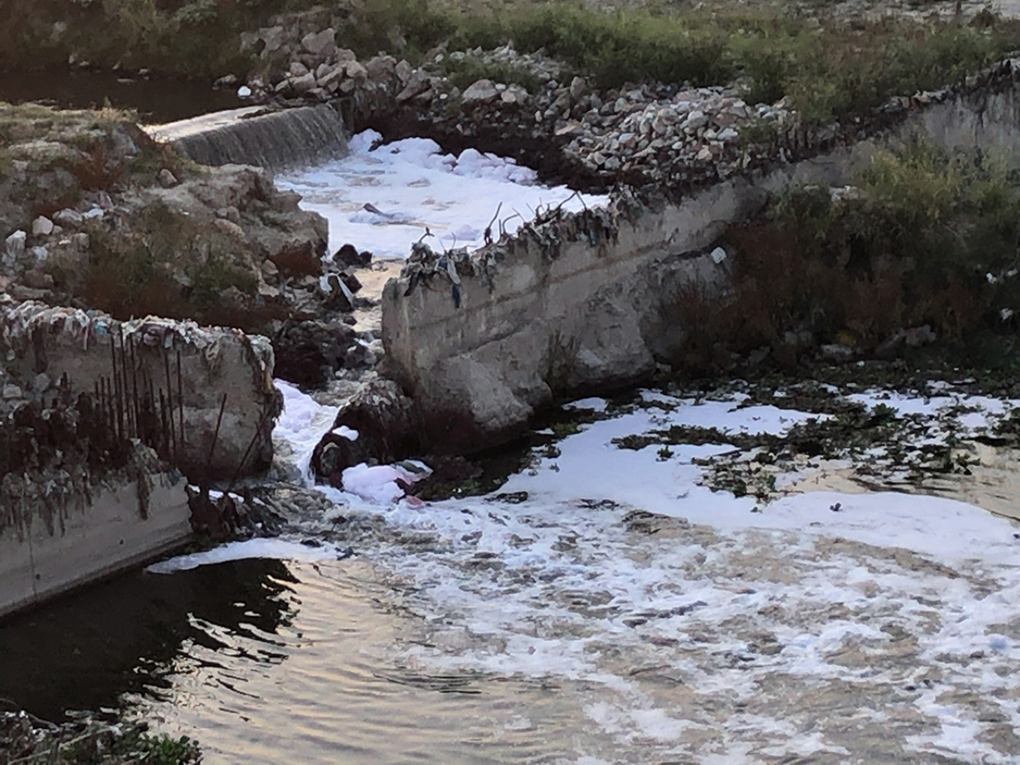
The clearly visible pollutants are apparently ignored by the many who take a stroll just downstream, while young couples click selfies in the ornamental park along the riverside.
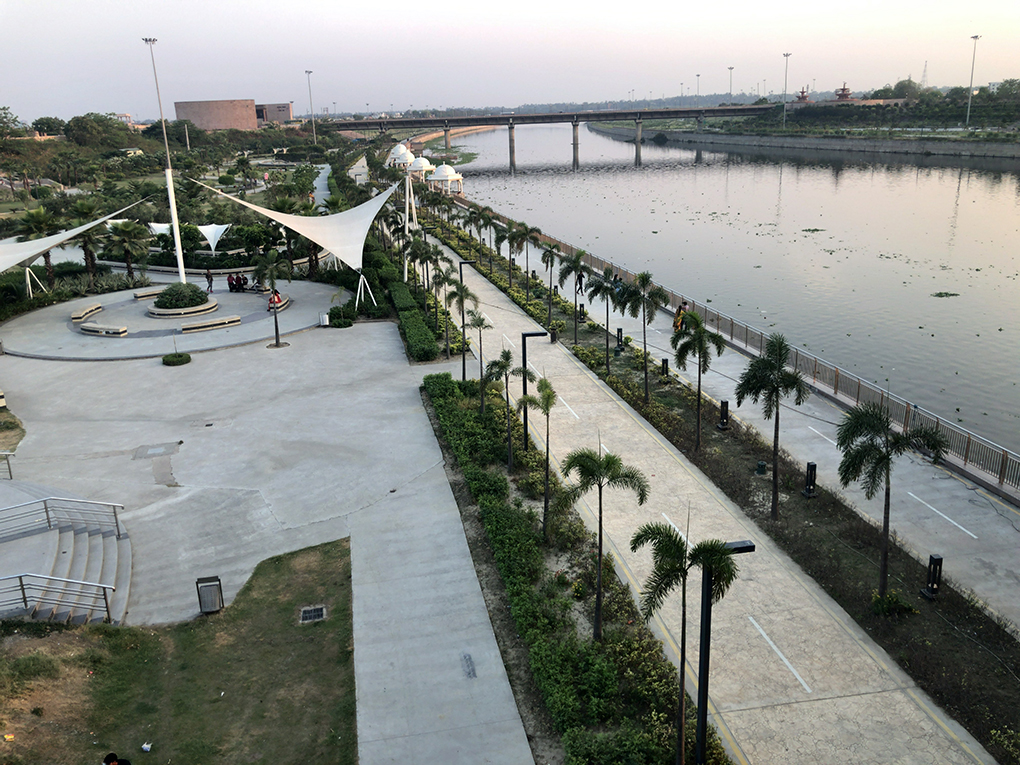
Tomorrow: Polls and pollution along the Ganga
![<p>The sun rises over the Ganga at Assi Ghat, Varanasi [all photos by: Joydeep Gupta]</p>](https://dialogue.earth/content/uploads/2019/04/Sunrise_Ganga_Assi_Ghat_Varanasi_Joydeep_19April2019-1.jpg)
